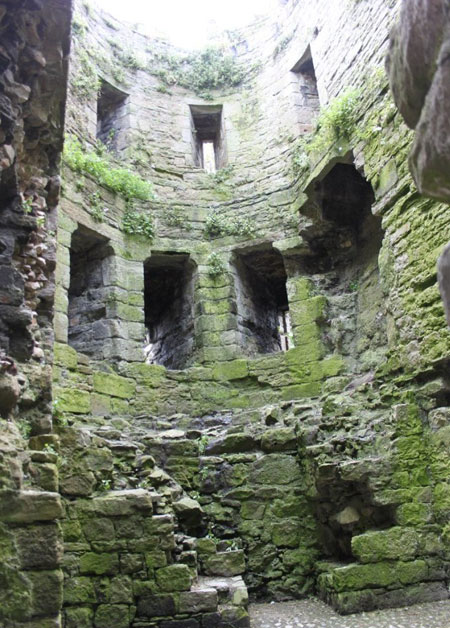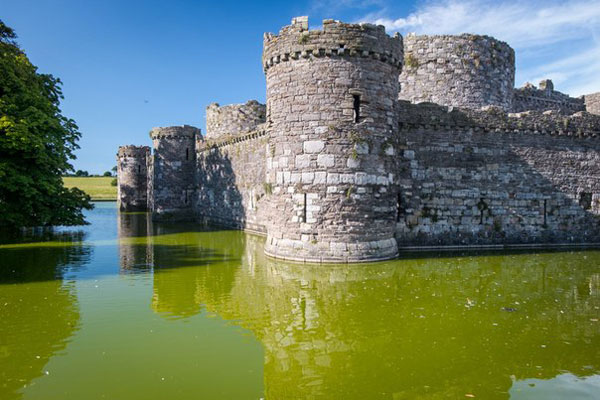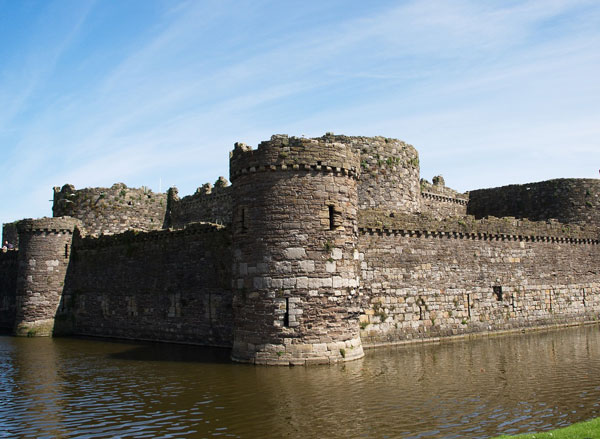Beaumaris Castle (Welsh: Castell Biwmares), located in the town of the same name on the Isle of Anglesey in Wales, was built as part of Edward I's campaign to conquer the north of Wales after 1282. Plans were probably first made to construct the castle in 1284, but this was delayed due to lack of funds and work only began in 1295 following the Madog ap Llywelyn uprising. A substantial workforce was employed in the initial years under the direction of James of St George. Edward's invasion of Scotland soon diverted funding from the project, however, and work stopped, only recommencing after an invasion scare in 1306. When work finally ceased around 1330 a total of £15,000 had been spent, a huge sum for the period, but the castle remained incomplete.
Beaumaris Castle was taken by Welsh forces in 1403 during the rebellion of Owain Glyndŵr, but was recaptured by royal forces in 1405. Following the outbreak of the English Civil War in 1642, the castle was held by forces loyal to Charles I, holding out until 1646 when it surrendered to the Parliamentary armies. Despite forming part of a local royalist rebellion in 1648 the castle escaped slighting and was garrisoned by Parliament, but fell into ruin around 1660, eventually forming part of a local stately home and park in the 19th century. In the 21st century the ruined castle is managed by Cadw as a tourist attraction.
Historian Arnold Taylor described Beaumaris Castle as Britain's "most perfect example of symmetrical concentric planning".[1] The fortification is built of local stone, with a moated outer ward guarded by twelve towers and two gatehouses, overlooked by an inner ward with two large, D-shaped gatehouses and six massive towers. The inner ward was designed to contain ranges of domestic buildings and accommodation able to support two major households. The south gate could be reached by ship, allowing the castle to be directly supplied by sea. UNESCO considers Beaumaris to be one of "the finest examples of late 13th century and early 14th century military architecture in Europe", and it is classed as a World Heritage site.[2]












